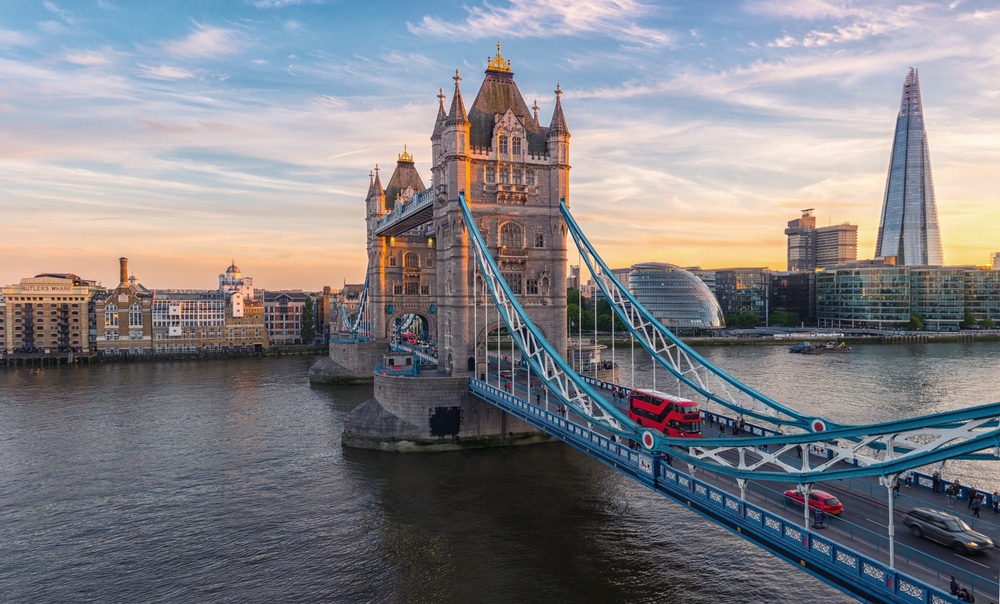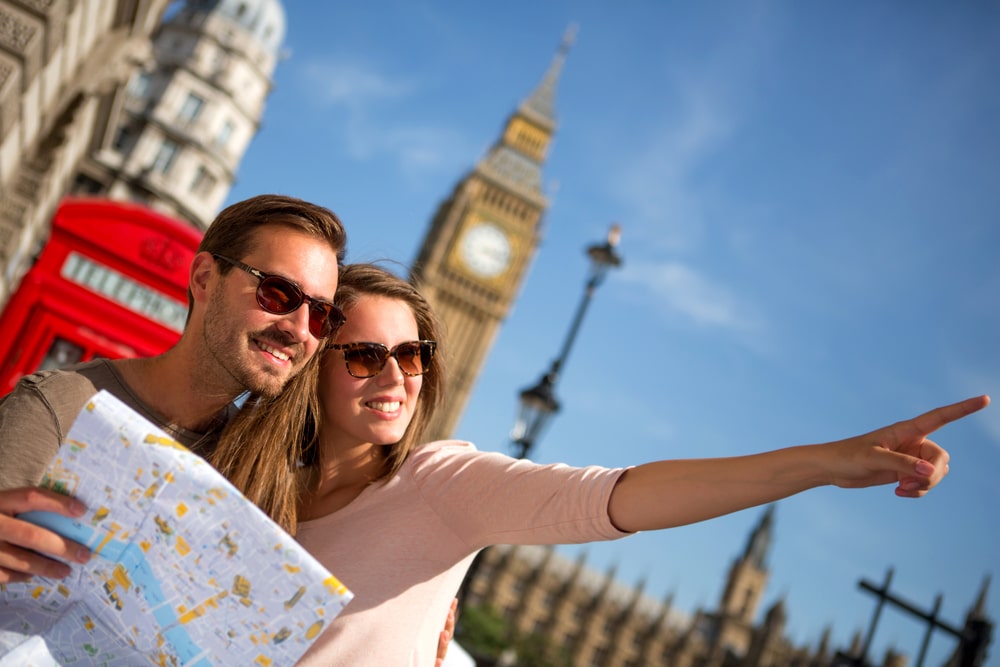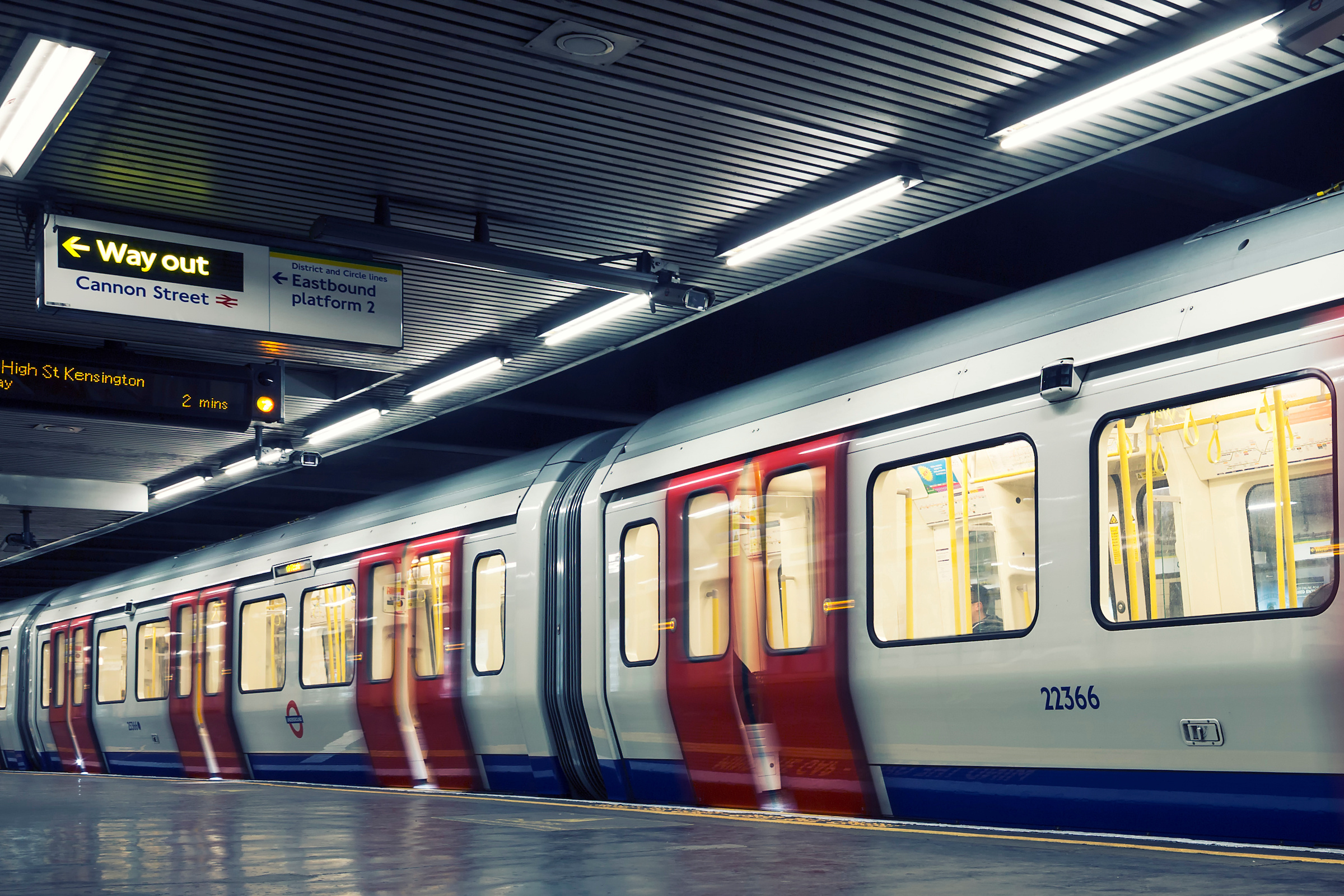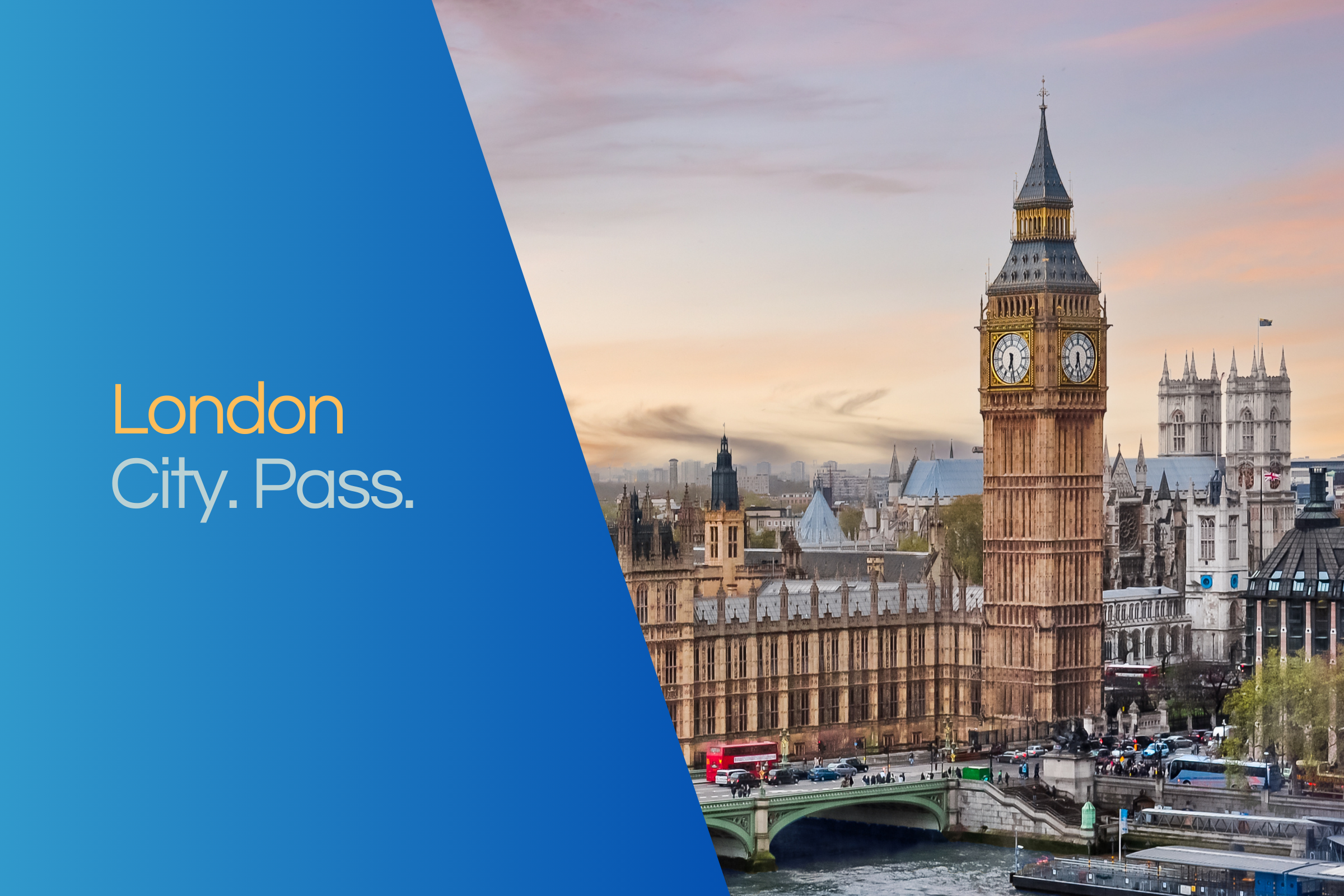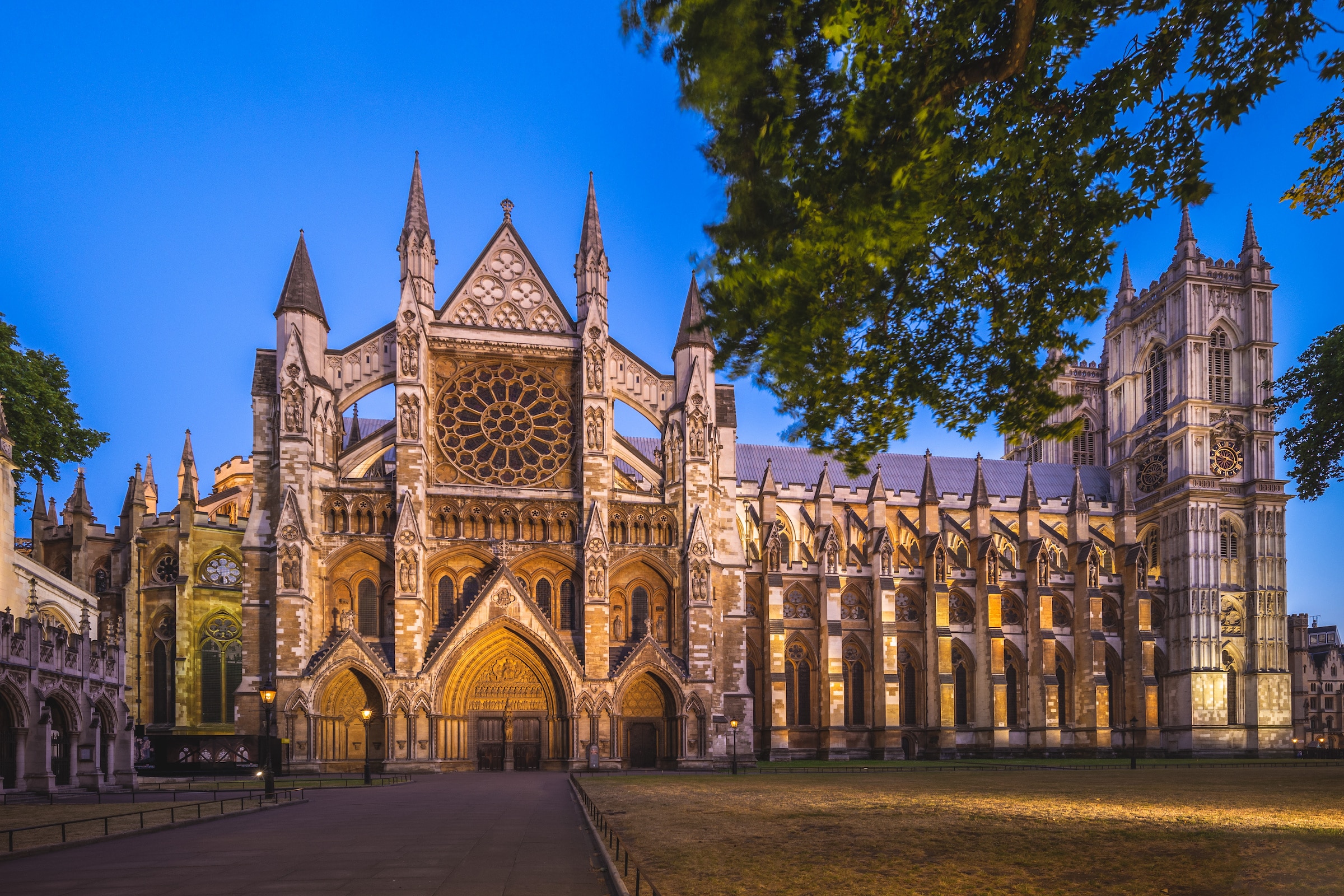- Home ›
- United Kingdom ›
- London
St. Paul's Cathedral
The imposing white dome of St. Paul's Cathedral dominates the London skyline. The church became famous not least because of the fairytale wedding between Prince Charles and Lady Diana.
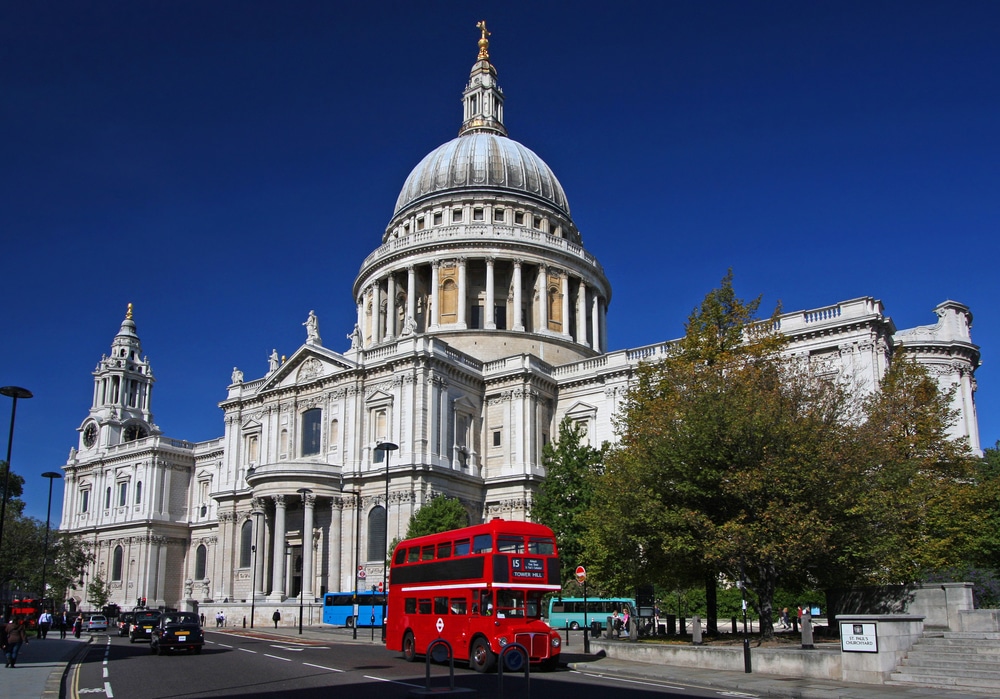
St. Peter's Cathedral as a model
Amidst modern office buildings, the mighty St. Paul's Cathedral is enthroned in the City of London. Already since the year 604, there is a church at the place of the cathedral, but at that time it was built of simple wood. Since then, a total of five churches were built at this place.
The current church was built after the Great Fire in the year 1666, that completely destroyed Old St. Paul's. The architect Sir Christopher Wren completed his masterpiece with the huge sacral building within a construction period of 40 years. St. Peter's Basilica in Rome served as the model. The original design of the architect was modified several times during the construction period. The ground plan of the building resembles a cross, with the huge 34-metre-high dome as its centre. The biggest problem for the builder was the huge dome. It should not appear too high from the inside, but from the outside it should show off with an imposing height. Wren therefore built three domes on top of each other to solve this problem.
Finally, the 111 metres high cathedral was opened in the year 1711. Those who want to enjoy a specially nice view should climb up to the Golden Gallery that is located in the cupola. From here, there is a unique panorama view over the metropolis. The Whispering Gallery is not less interesting: The unique acoustics already let hear a softly whispered word in the whole dome, a must for London visitors!
Important for all Londoners
Numerous important personalities were buried in the crypt of St. Paul's: the builder Sir Christopher Wren, Alexander Fleming or also Admiral Lord Nelson. From the beginning, the church is always connected to the history of London and numerous thanksgiving services or processions took place in St. Paul's.
For example, Henry V celebrated his victories over France or Elizabeth I the victory over the Spanish Armada in the church. Later during the Second World War, Londoners were also aware of the importance of their cathedral and so numerous volunteers guarded the building during bombardments. Churchill is said to have inquired after each attack whether St. Paul's was still standing.
